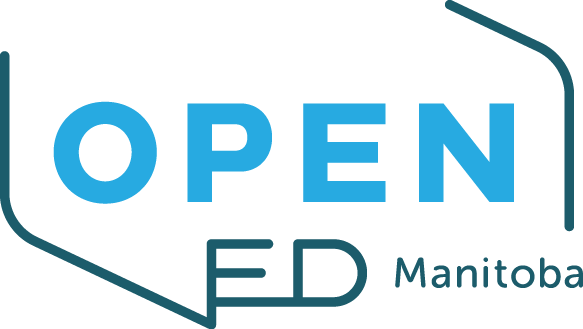18 What does inclusive teaching and learning look like?
Strategies for inclusive teaching and learning
Here you will find some suggestions on how to make the learning environment more inclusive for your learners.
Inclusive pedagogy
- Learning Objectives
- Clearly state the learning objectives in your course syllabus. What will the learners be able to do upon completion of the course/lesson/unit?
- The learning objectives should focus on what the learners need to achieve rather than the format of submission, e.g., write an essay. Use verbs such as ‘express’ instead of ‘write’ to enable flexibility in assessment to address diverse students’ needs. Read more about separating the means from the ends.
- Assignments
- Engage students in work that is meaningful to them. This means that all activities and assignments have a purpose, which should be clearly explained to students. Why are students to complete a particular assignment? How does it link to and help them achieve the learning objectives? How does it relate to the real world, their lives, and their community?
Inclusive identities
- Pronouns matter
- Cultivate an inclusive classroom for 2SLGBTQIA+ learners. For example, you can do it by introducing yourself and including your pronouns. You could say “my pronouns are…” or “I identify as…” You may also invite your students to share their pronouns, but you should emphasize it is their choice to do so. Learn more about what pronouns are and why they matter.
- Use inclusive language such as everybody, folks, or an individual’s name. If unsure of an individual’s pronouns, use the gender-neutral pronoun ‘they/them’. Apologize when you make a mistake.
- Look up references to ensure authors’ correct pronouns are used in instructional materials. You might recall that I have used ‘she’ when referencing Jennifer Brant in planning for a diversity of perspectives section of this module. According to Jennifer Brant’s Twitter profile, the author identifies as she/her. Using correct pronouns will demonstrate your care about and respect for students’, colleagues’, and scholars’ diverse identities.
- Terminology matters
Using inclusive language involves using accurate and current terminology when referring to members of diverse groups. Here are some examples:
-
- “Overweight” and “obese” – use individuals in larger bodies, fat people, or students of size instead.
- “Gay” or “LGBT” – use 2SLGBTQIA+ instead. However, the best approach is to use the individual identities such as queer and trans.
- “Native” or “Aboriginal” – use Indigenous people or, when possible, be more specific when talking about Indigenous people
- “Person with autism” – use autistic person instead
Because language is always changing, don’t forget to regularly check to ensure that the terminology you are using remains current.
- Pronunciation matters
- Do you know how to pronounce your students’ names? A name is part of one’s identity, so it is important to know how to pronounce it correctly. How about asking a student how to pronounce their name and writing it down in a way that would be helpful to you? For more tips, read pronouncing students’ names correctly: the whys and hows .
Inclusive materials
- Heading structure
- Use a proper heading structure (1, 2, 3, etc.) in your documents and an accessibility checker to verify your documents are accessible. For more information, visit RRC Polytech’s Accessible Documents [new tab] pages. For UMLearn users, use the Panorama tool available in UMLearn to verify the accessibility of your uploaded materials.
- Hyperlinks and underlining
- Hyperlinks should be meaningful as standalone information; do not use ‘here’ or ‘click here’. You could incorporate the hyperlink description into a sentence or provide the website title as the hyperlink description. For printing purposes, you could add the hyperlink in brackets after the descriptive link, as we did in this document.
- Also, reserve underlining for hyperlinks; do not use it to emphasize text. Could the text you want to underline become a section heading? (Boise State University, n.d.)
- Alternative formats of materials
- Provide alternate formats of your materials, e.g., closed captions and downloadable transcripts for multimedia, alt-text and detailed captions for images. To consider needs of learners living in areas with unreliable internet access or those who like to study with physical copies, provide downloadable versions of the readings and other instructional materials. As an example, you can download and/or print the content of this module as a downloadable PDF file.
- Navigation of materials
- If you use a learning management system as a central hub of your course activity, make sure the navigation is simple and clear. In this Teaching in Higher Ed podcast about supporting ADHD learners, Karen Costa recommends adding the word ‘current’ to the unit title to help students navigate the course easily.

- If you use a learning management system as a central hub of your course activity, make sure the navigation is simple and clear. In this Teaching in Higher Ed podcast about supporting ADHD learners, Karen Costa recommends adding the word ‘current’ to the unit title to help students navigate the course easily.

